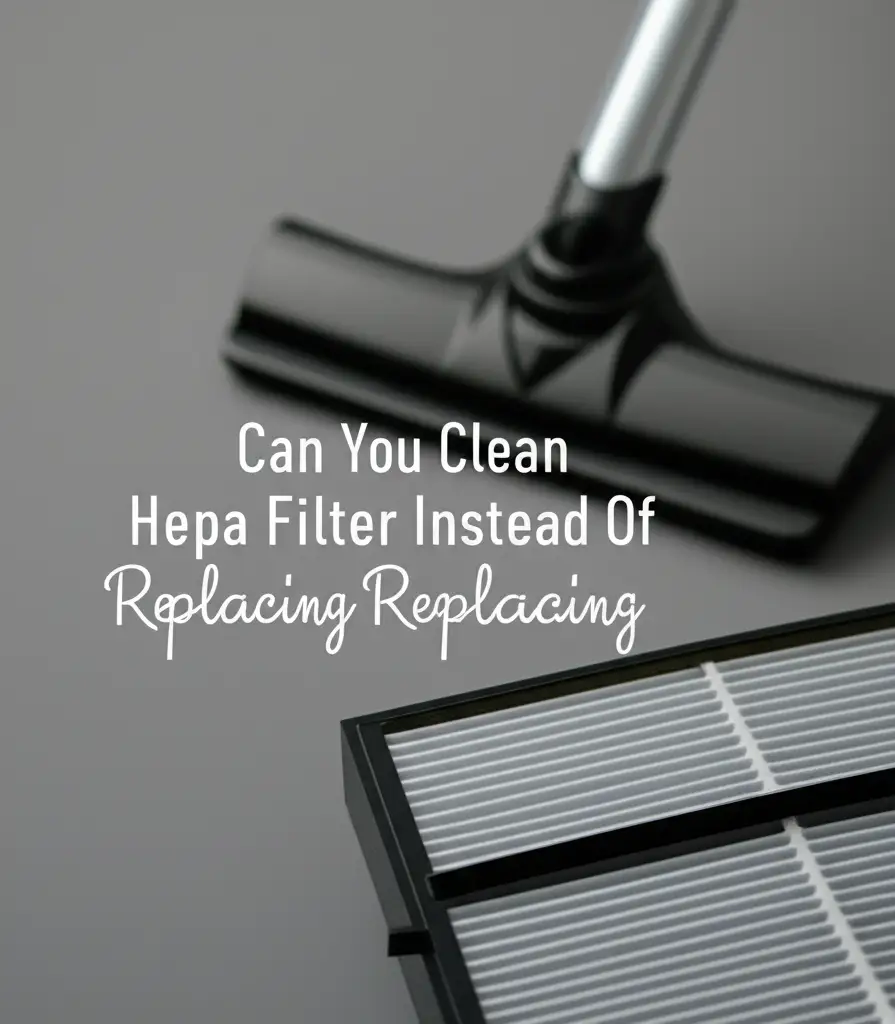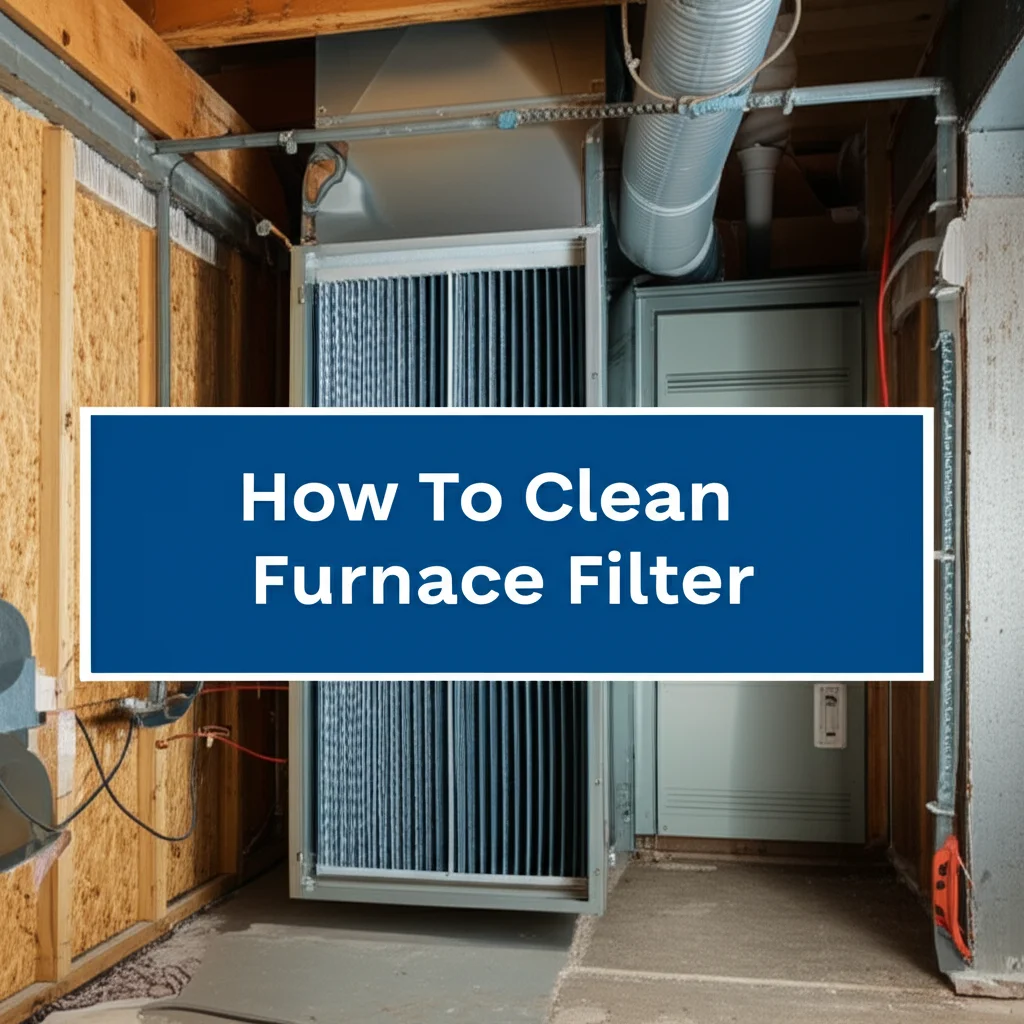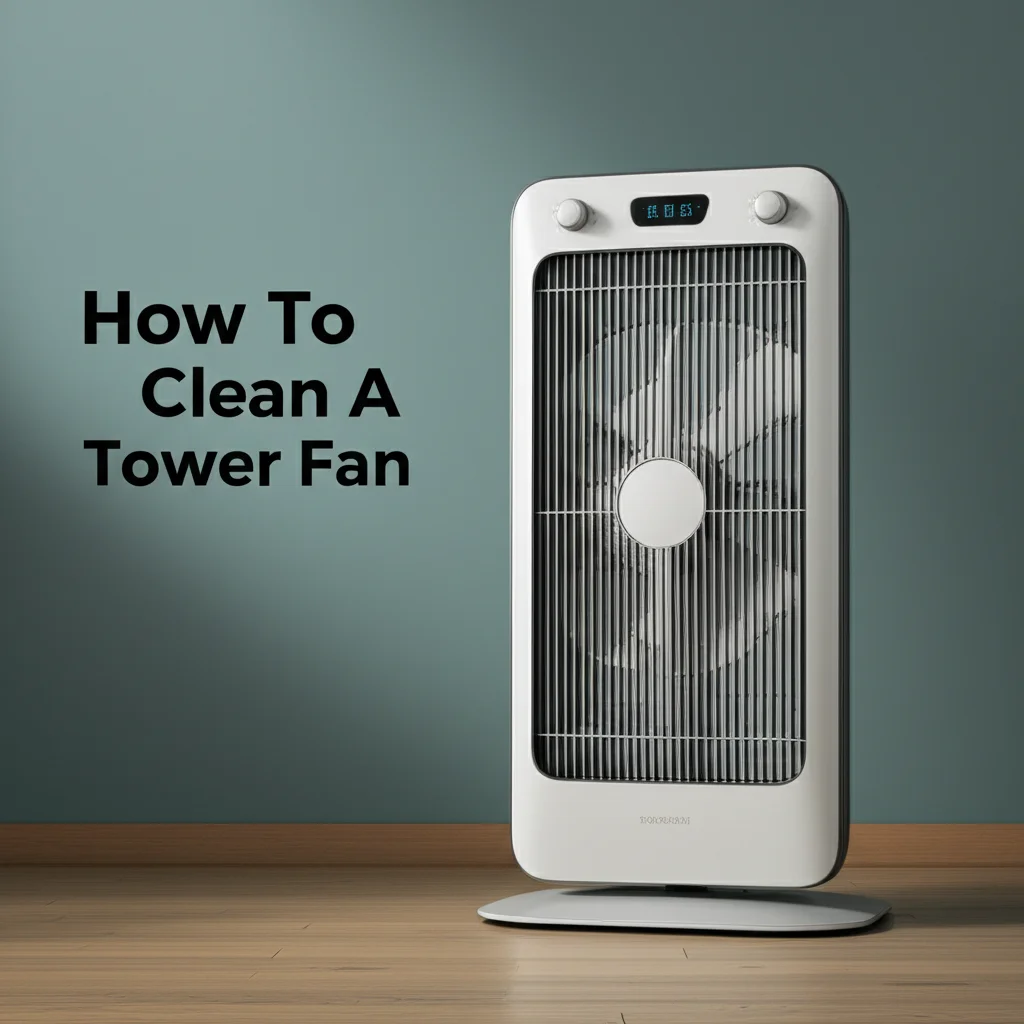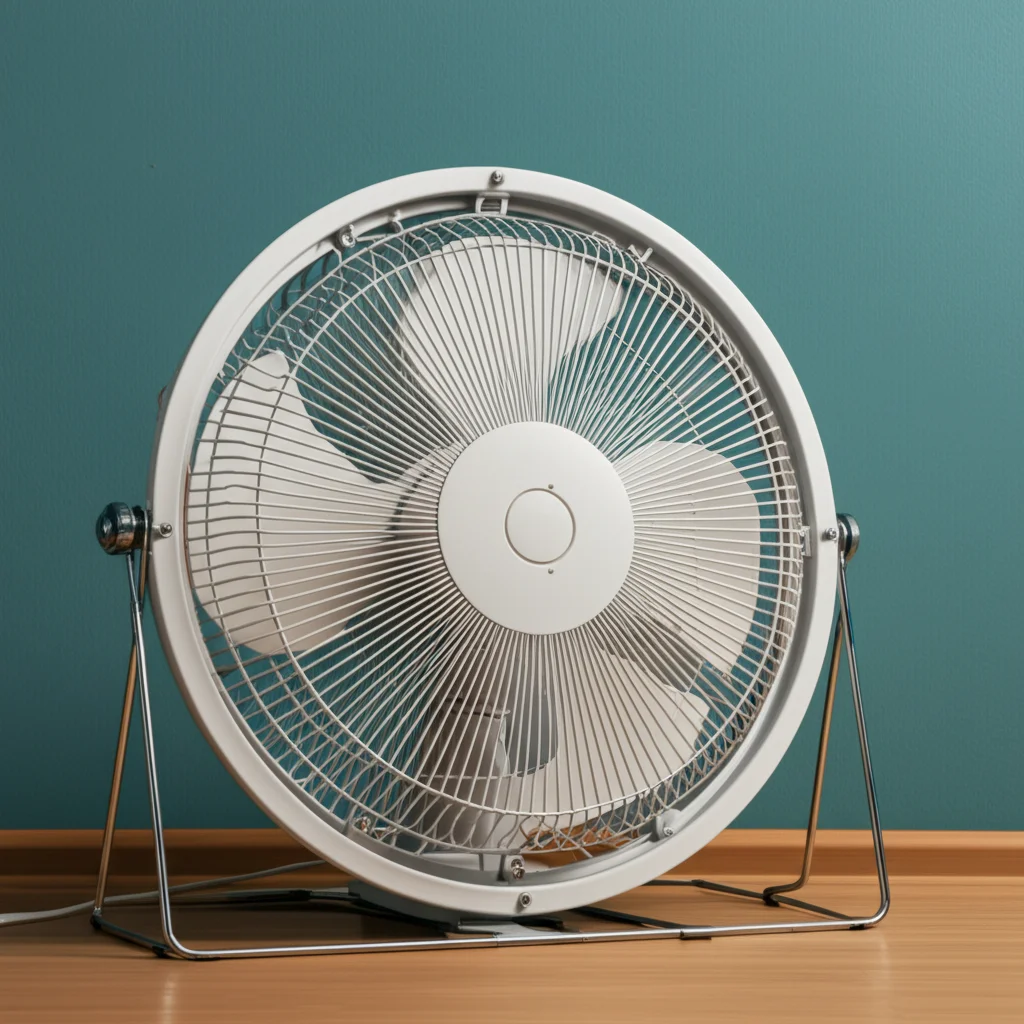· Kianna Connelly · Home Maintenance · 14 min read
How To Clean Hepa Filter Of Vacuum Cleaner
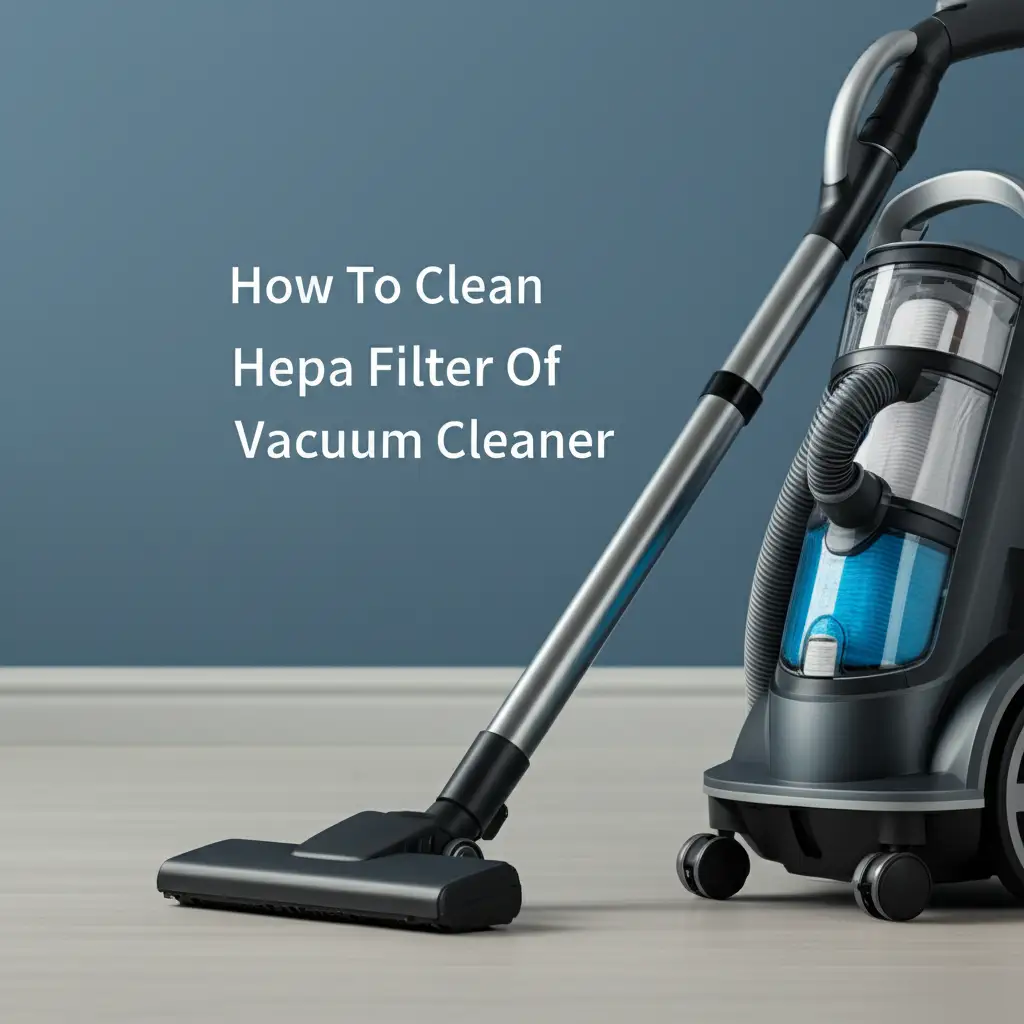
Restore Your Vacuum’s Power: How To Clean Hepa Filter Of Vacuum Cleaner
Has your vacuum cleaner lost its powerful suction? Do you notice a stale smell when you vacuum? Often, the culprit is a clogged or dirty HEPA filter. Cleaning this vital component can significantly improve your vacuum’s performance.
A clean HEPA filter also ensures your vacuum captures tiny particles effectively. This helps maintain better indoor air quality. We will guide you through understanding HEPA filters. You will learn the correct cleaning methods for different types. This article covers practical tips for keeping your vacuum running efficiently.
Takeaway
- Identify if your HEPA filter is washable or non-washable before cleaning.
- Washable filters require rinsing with cool water until clear and complete air drying.
- Non-washable filters are cleaned by gentle tapping or brushing, not with water.
- Regular cleaning improves vacuum suction and indoor air quality.
- Always consult your vacuum’s user manual for specific cleaning instructions.
To clean a HEPA filter of your vacuum cleaner, first determine if it is washable or non-washable. Washable filters require rinsing under cool water until clear, then air drying completely for 24-48 hours. Non-washable filters should be gently tapped or brushed to remove dust.
Understanding Your Vacuum’s HEPA Filter
A HEPA filter is a crucial part of many modern vacuum cleaners. It stands for High-Efficiency Particulate Air. This filter is designed to trap tiny particles. These particles include dust mites, pet dander, pollen, and other allergens. A HEPA filter works by forcing air through a fine mesh. This mesh traps particles as small as 0.3 microns with 99.97% efficiency. This ensures cleaner air exits the vacuum.
Not all HEPA filters are alike. Some are washable, and you can rinse them with water. Others are non-washable, meaning water will damage them. It is important to know which type your vacuum has. You can usually find this information in your vacuum cleaner’s user manual. The filter itself might have a label indicating if it is washable. Checking your manual avoids filter damage.
A vacuum with a true HEPA filter provides significant benefits. It helps reduce indoor air pollutants. This is especially helpful for people with allergies or asthma. Regular maintenance of this filter is key to its effectiveness. A dirty HEPA filter cannot trap particles efficiently. This means your vacuum’s performance decreases. It also means dust gets recirculated into your home. Proper understanding ensures better air quality and a more efficient clean. Maintaining this part prolongs your vacuum’s life.
When and Why You Need to Clean Your HEPA Filter
Knowing when to clean your HEPA filter is important. There are clear signs your filter needs attention. The most common sign is reduced suction power. Your vacuum may not pick up dirt as effectively as before. This happens when the filter becomes clogged with dust and debris. A dirty filter restricts airflow, which causes suction loss.
Another indicator is a strange odor coming from your vacuum. A buildup of dust and allergens in the filter can lead to musty smells. This is a sign that the filter is holding onto too much debris. Visible dust escaping from the vacuum’s exhaust is also a clear sign. This means particles are bypassing the clogged filter. They are being released back into your home.
Cleaning your HEPA filter regularly offers several benefits. It restores your vacuum’s powerful suction. This makes cleaning more effective and less time-consuming. A clean filter also ensures proper air purification. It continues to trap allergens and fine particles. This improves indoor air quality. This is vital for a healthy home environment. Neglecting filter cleaning can also put a strain on your vacuum’s motor. This can lead to overheating and premature wear. Regular cleaning extends the life of your appliance. A vacuum cleaner needs proper care. You can learn more about how to maintain your entire vacuum cleaner by visiting our guide on how to clean vacuum cleaner.
The recommended cleaning frequency varies. It depends on your vacuum usage and your home environment. If you have pets or allergies, you may need to clean it more often. Generally, check your HEPA filter every 1 to 3 months. Clean it as needed to maintain optimal performance. Some vacuums have indicator lights that signal when the filter needs cleaning. Always consult your vacuum’s manual for specific recommendations.
Step-by-Step Guide for Washable HEPA Filters
Cleaning a washable HEPA filter is straightforward. However, it requires careful steps to avoid damage. First, unplug your vacuum cleaner from the power outlet. Safety is always important when working with appliances. Locate the HEPA filter on your vacuum. It is usually found near the motor or dustbin. Some models may have it in a different location. Consult your user manual if you cannot find it.
Once located, remove the filter carefully. Some filters twist out, while others simply pull out. You may need to remove the dustbin first. Take the filter to a sink. Use cool, running water to rinse the filter. Do not use hot water. Hot water can damage the filter material. Rinse the filter under the faucet. Continue rinsing until the water runs clear. You will see dirty water at first. Avoid using any soap or detergents. Soap can leave residues that clog the filter material. This makes the filter less effective.
After rinsing, gently shake off excess water. Do not wring or twist the filter. Place the filter in a well-ventilated area to air dry. This is the most crucial step. The filter must be completely dry before reinserting it into your vacuum. This can take anywhere from 24 to 48 hours. Drying time depends on humidity levels. Placing it outdoors on a sunny, breezy day can speed up the process. Never use a hairdryer or direct heat source. This can warp or damage the filter material. Reinsert the filter only when it is bone dry. Putting a damp filter back can cause mold growth or damage your vacuum’s motor. This complete process helps maintain air quality. For specific models like Dyson, understanding if your filter is washable is key; learn more at can you wash the HEPA filter on Dyson.
Cleaning Non-Washable HEPA Filters Safely
Non-washable HEPA filters require a different cleaning approach. These filters are not designed to get wet. Water can damage their delicate fibers. This damage can reduce their filtration efficiency. It can also lead to mold growth. Always check your vacuum’s manual. It will confirm if your filter is indeed non-washable.
To clean a non-washable HEPA filter, you need to remove loose dust. First, take the filter out of your vacuum. Do this over a trash can or outdoors. This helps contain the dust. Gently tap the filter against the side of the trash can. This dislodges dust and debris. You will see dust clouds come off. Continue tapping until less dust falls off.
For more thorough cleaning, you can use a soft brush. A clean paintbrush works well. Gently brush the pleated surfaces of the filter. Brush in the direction of the pleats. This helps remove trapped dirt. Another option is to use a shop vacuum. Use its hose attachment. Gently vacuum the dust from the filter’s surface. Be careful not to press too hard. Compressed air can also be used. Spray air from the clean side of the filter. This pushes dust out. Do this outdoors to avoid spreading dust indoors.
Even with careful cleaning, non-washable filters have a limited lifespan. They are designed for replacement, not indefinite cleaning. Cleaning them only removes surface dust. It cannot restore the filter’s original trapping ability. If your vacuum’s suction does not improve after cleaning, consider replacement. Most manufacturers recommend replacing non-washable HEPA filters every 6 to 12 months. This depends on usage. You can learn more about if you should clean or replace your filter at can you clean HEPA filter instead of replacing.
Maximizing Filter Life and Vacuum Performance
Keeping your HEPA filter clean is part of a larger maintenance routine. A few simple habits can greatly extend the life of your filter. These habits also ensure your vacuum runs at peak performance. First, regularly empty your vacuum’s dustbin. Do not wait until it is completely full. A full dustbin puts extra strain on the filter. This forces the filter to work harder. Emptying it often reduces the load on your HEPA filter. This allows for better airflow and suction.
Consider the pre-filter if your vacuum has one. Many vacuums have a foam or felt pre-filter. This pre-filter catches larger particles. It protects the HEPA filter from premature clogging. Clean this pre-filter according to your vacuum’s instructions. Some are washable, others need dry cleaning. A clean pre-filter significantly extends the life of your HEPA filter. It acts as the first line of defense against dirt.
Avoid vacuuming certain types of debris. Do not vacuum wet messes. Water can instantly ruin a non-washable HEPA filter. It can also promote mold growth in washable filters. Fine powders like drywall dust or fireplace ash are also problematic. These can quickly clog any filter type. They are very difficult to remove. If you must vacuum these, do so sparingly. Clean your filter immediately afterward.
Know when to replace your HEPA filter. Even washable filters do not last forever. Over time, their fibers degrade. They lose their ability to trap fine particles. Check your vacuum’s manual for replacement guidelines. Most washable HEPA filters need replacement every 1-3 years. Non-washable ones need replacement every 6-12 months. Signs like persistent odors or decreased suction, even after cleaning, suggest replacement is due. Replacing the filter at the right time maintains efficiency and air quality. For example, if you own a Shark vacuum, understanding how to replace its HEPA filter is crucial. We have a detailed guide on how to replace HEPA filter in Shark vacuum.
Common Mistakes to Avoid When Cleaning HEPA Filters
Cleaning your HEPA filter improperly can do more harm than good. Avoiding common mistakes ensures your filter lasts longer. It also ensures it performs effectively. One major mistake is washing a non-washable HEPA filter. These filters are made of materials that degrade when wet. This damages their filtration capabilities. Always check your vacuum’s manual or the filter itself. Confirm if it is explicitly labeled as washable. If not, assume it is non-washable.
Using hot water or harsh chemicals on washable filters is another error. Hot water can warp the filter material. It can also break down the adhesive that holds the pleats together. This reduces the filter’s efficiency. Harsh chemicals or soaps can leave residues. These residues clog the fine pores of the filter. They prevent proper airflow. Always use cool, clean water only for rinsing. Avoid all detergents.
Not allowing the filter to dry completely is a critical mistake. A damp filter placed back into the vacuum can lead to mold and mildew growth. This introduces unpleasant odors into your home. It also creates a breeding ground for harmful bacteria. This can damage your vacuum’s motor. It can even pose a health risk. Always allow washable filters a full 24-48 hours to air dry. Ensure they are bone dry before reinstallation. Patience is essential here.
Using abrasive tools to clean any filter type is also damaging. Stiff brushes, metal tools, or high-pressure water jets can tear or stretch the filter media. This creates holes. These holes allow particles to escape filtration. This makes your filter useless. Stick to gentle tapping or soft brushing. Treat your filter with care. Ignoring the manufacturer’s replacement schedule is also a mistake. Even properly cleaned filters lose effectiveness over time. They cannot capture particles as well. Regular replacement ensures consistent performance and air quality.
Benefits of a Clean HEPA Filter
Maintaining a clean HEPA filter offers many important benefits. These benefits extend beyond just vacuum performance. They impact your home’s environment and your health. First, a clean filter significantly improves your vacuum’s suction power. When the filter is free of dust, air flows easily through it. This allows the motor to generate strong suction. Your vacuum picks up dirt, dust, and debris more effectively. This makes cleaning quicker and more thorough.
Secondly, a clean HEPA filter ensures superior indoor air quality. HEPA filters are designed to capture microscopic particles. This includes allergens like pollen, pet dander, and dust mites. A clogged filter lets these particles escape back into the air you breathe. A clean filter efficiently traps them. This reduces airborne irritants. This is especially beneficial for individuals with allergies, asthma, or respiratory sensitivities. Cleaner air means a healthier living space for everyone.
Furthermore, a well-maintained HEPA filter helps extend your vacuum cleaner’s lifespan. When a filter is clogged, the vacuum’s motor has to work harder. This extra strain can lead to overheating. It can also cause premature wear and tear on motor components. Regular filter cleaning reduces this strain. It allows the motor to operate at optimal efficiency. This can prevent costly repairs or the need for early replacement. Investing a little time in filter care saves money in the long run.
Finally, a clean filter contributes to energy efficiency. An unburdened motor uses less energy to achieve the desired suction. While the energy savings on a single vacuum may seem small, it contributes to overall household efficiency. You get a cleaner home with less effort. You also get a healthier living environment. The small effort of cleaning your HEPA filter yields big rewards for your home and vacuum. Regular cleaning ensures your vacuum continues to perform its best. To understand more about HEPA filters, read our comprehensive guide on how to clean HEPA filter.
FAQ Section
Can all HEPA filters be washed?
No, not all HEPA filters are washable. Some are designed for dry cleaning only. They can be damaged by water. Always check your vacuum cleaner’s user manual. The filter itself may have a label indicating if it is washable. Using water on a non-washable filter can reduce its effectiveness.
How often should I clean my HEPA filter?
The frequency depends on your usage and home environment. For general use, check your HEPA filter every 1 to 3 months. If you have pets, allergies, or vacuum frequently, clean it more often. Some vacuums have indicators that alert you when cleaning is needed.
What happens if I don’t clean my HEPA filter?
If you do not clean your HEPA filter, several issues can arise. Your vacuum’s suction power will decrease significantly. It will also release dust and allergens back into the air. This harms indoor air quality. The vacuum’s motor may overheat or wear out faster due to strain.
How long does a HEPA filter take to dry?
A washable HEPA filter needs to air dry completely. This process typically takes 24 to 48 hours. Drying time depends on humidity levels and air circulation. It is crucial the filter is bone dry before putting it back into your vacuum. This prevents mold growth.
Can I use a hair dryer to speed up drying?
No, you should not use a hair dryer or any direct heat source to dry a HEPA filter. High heat can warp the filter material. It can also damage the filter’s integrity. This makes it ineffective at trapping particles. Always allow the filter to air dry naturally in a well-ventilated area.
Where can I find replacement HEPA filters?
You can find replacement HEPA filters online through major retailers or the vacuum cleaner manufacturer’s website. Local appliance stores or vacuum repair shops may also carry them. Ensure you purchase the correct filter model for your specific vacuum cleaner.
Conclusion
Cleaning the HEPA filter of your vacuum cleaner is a simple yet vital task. It maintains your appliance’s peak performance. It also ensures the air in your home stays clean. We have explored how to identify your filter type. We provided clear steps for cleaning both washable and non-washable HEPA filters. We also discussed crucial mistakes to avoid.
Remember, a clean HEPA filter means powerful suction. It also means improved indoor air quality. This benefits everyone in your home. Regular maintenance extends your vacuum’s life. It saves you money on repairs or early replacements. Make checking and cleaning your HEPA filter a regular part of your home care routine. A little effort goes a long way. Give your vacuum the care it deserves. Enjoy a cleaner home environment.


